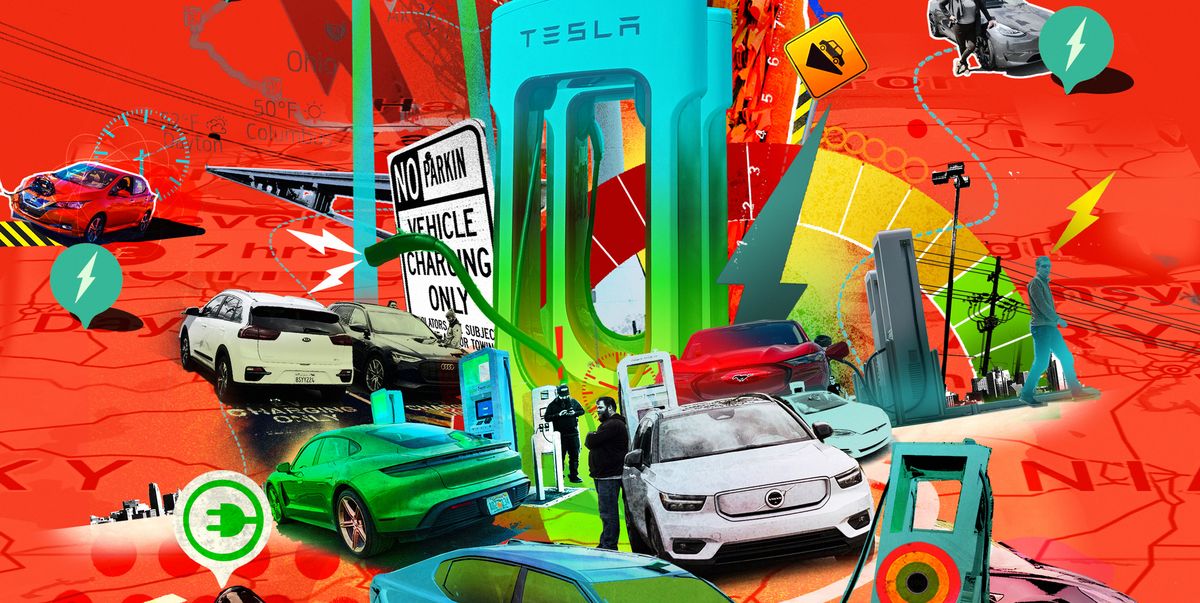Hi,
Apparently VW is bringing an Americanized version of the ID Buzzz electric van to the US.
The size and range have been improved for the US version, and it looks like (maybe?) the cargo version might make a base for an EV camper van.
This is a detailed review from Out Of Spec Reviews of the Buzz...
![Image]()
This makes me think back to my very first newish car back /vanin the 60's, which was a VW microbus. It was not a very good car/van, but I did do a lot of camping in it. It looks like the Buzz is better designed than the old microbus.
Gary
Apparently VW is bringing an Americanized version of the ID Buzzz electric van to the US.
The size and range have been improved for the US version, and it looks like (maybe?) the cargo version might make a base for an EV camper van.
This is a detailed review from Out Of Spec Reviews of the Buzz...
This makes me think back to my very first newish car back /vanin the 60's, which was a VW microbus. It was not a very good car/van, but I did do a lot of camping in it. It looks like the Buzz is better designed than the old microbus.
Gary







